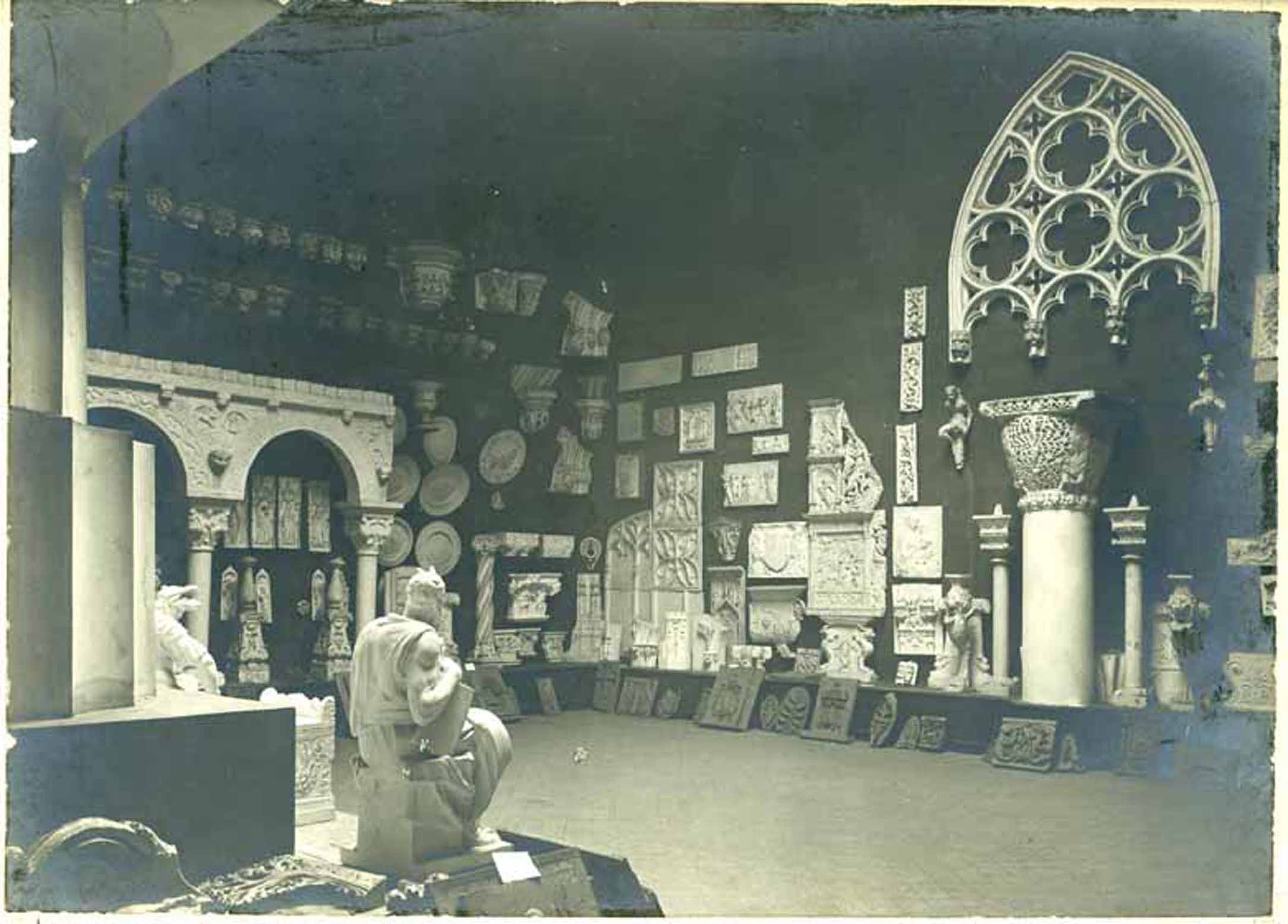About

The Gaudí Chair was created in 1956 after the architect’s centenary and just as he began to be recognised internationally with the exhibition Gaudí at MoMA (1957-1958), the book by George R. Collins Antonio Gaudí in the Masters of World Architecture collection (New York: George Braziller, 1960) and the monograph Gaudí (London: Architectural Press, 1960) written by Josep Lluís Sert and James J. Sweeney. As Gaudí was being finally recovered as an architect with "modern" characteristics, the Chair's mission was clear: to study and disseminate his work in academic and scientific fields, and to contribute to the preservation and restoration of his built heritage.
Over the 60 years since the Chair was founded, Gaudí’s status and importance have changed radically. He went from being a controversial architect who was relatively unknown internationally—his name did not appear in the first major monographs on the Modern Movement by historians such as Nikolaus Pevsner and Sigfried Giedion—to the most popular architect and the only one that brings coachloads of tourists to the doors of his buildings; from a somewhat inconvenient eccentric in a city with Noucentista aspirations to the indisputable mainstay of the great tourist centre that Barcelona has become.
Publications, exhibitions, films, documentaries and programmes, as well as products of all kinds related to Gaudí and his work are so widely available that the architect has become a cliché—a superficial product for rapid consumption. Paradoxically, therefore, Gaudí no longer needs to be rescued from oblivion and historical marginalization, from the indifference that threatened to destroy his work in a city that could not understand it. Rather, he needs to be rescued from his own "success", which leads him towards a new, more subtle, but even more devastating destruction: that of the most terrible ignorance most terrible because it is a necessary condition for his trivialization—that threatens once more to obscure the scientific understanding of his work.
A chair devoted to the study and defence of Gaudí’s work was necessary in 1956 because of the adverse conditions it faced. The same chair is necessary today because, although the conditions have changed, they have not ceased to be adverse, and are perhaps even more so, because the destructive force of the machinery that has turned the architect’s work into a mere tourist attraction causes an oblivion that is deeper than the previous indifference. It is clear, therefore, that the mission of the Gaudí Chair continues to be the study, knowledge, dissemination and preservation of the life and work of Gaudí and that the time has come to further his work by adapting it to the new challenges and by endowing it with a genuine scientific structure.
The actions of the Gaudí Chair should be based on organizing and teaching courses on Gaudí and his time in undergraduate and postgraduate degrees; carrying out research, including programmes, scholarships, the reception of scholars and the design and promotion of courses and seminars that must be held regularly; and participating in scientific exhibitions that do more than just popularise his work. Naturally, as well as promoting academic activities, the Chair should be present in other, similar programmes and projects that are international in scope.
As a documentation and research centre at the international level, the Chair must be supported by three essential pillars: the collection, the archives and the library. The Universitat Politècnica de Catalunya and the Barcelona School of Architecture, where the Chair is located, are the main promoters of a collaborative project whose aim is to bring together the historical collections held in the School’s library, the extraordinary image archive, the collection of 44,000 photographic plates, and other objects and documents. These collections will be catalogued and digitized according to scientific criteria and following the Chair’s academic and research lines. The aim is to create a large hyperlinked catalogue of all these assets that is available online. Like the geostatic structures of Gaudí, the catalogue will be a unique digital archive of his work, on the teaching of architecture over time and on the relationship between the School and the city of Barcelona. It will also be a fundamental point of reference on artistic thinking and modern culture from the nineteenth century to the present day.
The academic and scientific programmes that the Chair aims to carry out will find no better support than the collections themselves, which are absolutely extraordinary and, for the most part, unknown. Their dimension and complexity demand that the Chair's priority be to coordinate the inventory, cataloguing, digitization and dissemination of the collections so that they can be made available to scholars and the general public. It is a project that requires exceptional technical and human resources, which is why it is essential to involve a range of institutions and social actors, as well as to invest sufficient resources.
Juan José Lahuerta Alsina
Gaudí Chair's Director
Share: